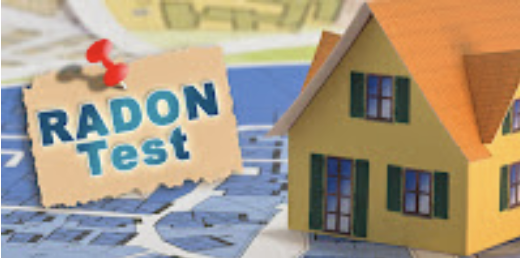You can test your home for invisible radon gas, leading cause of lung cancer among never-smokers; Kentucky has many hotspots

University of Kentucky
Radon is a radioactive gas that comes from the natural decay of uranium found in rocks and dirt in the earth. When radon under a home leaks in through openings in the ground, it can build up to dangerous levels inside. The longer a person is exposed to high levels of radon, the greater the risk of developing lung cancer later in life.
For this reason, it is important to act now to not only reduce your exposure, but also children’s exposure to radon.
Radon may be present inside any building or home, without regard to its location or type of foundation (slab, crawl space, or basement). Radon risk potential across Kentucky is variable, yet it is recommended that all homes be tested for radon.
Despite the risk, only 13 of every 10,000 homes in Kentucky test for radon annually. Radon can’t be seen, tasted, or smelled and causes no immediate symptoms — so it’s easy for radon to go unnoticed. The only way to know if you have a radon problem is to test your home.
The good news: Radon tests are simple to use and inexpensive or often free.
The Kentucky Radon Program provides radon test kits free of charge to Kentucky residents. You can request a free test kit by completing the form on the Free Radon Test Kit Offer website. You can also request a free kit from your local health department if it is on the radon program list.
 In addition, those with library cards from the Christian, Logan, Pulaksi or Rowan county libraries can borrow a digital radon detector. The detector kits are being made available for checkout through the Radon on the RADAR project, which aims to increase access to affordable home radon testing by partnering with public libraries.
In addition, those with library cards from the Christian, Logan, Pulaksi or Rowan county libraries can borrow a digital radon detector. The detector kits are being made available for checkout through the Radon on the RADAR project, which aims to increase access to affordable home radon testing by partnering with public libraries.
Follow the instructions that are included with the kit. Depending on the type of test, it may take just a few days or several months to finish the test. If your test results show a radon level of 4 picocuries per liter (pCi/L) or higher, it is recommended that you take action to lower radon inside your home.
Your home should be tested:
- if it’s never been tested or radon levels are unknown, and then every two years.
- if you are preparing to buy or sell.
- before and after any home renovations, including after making repairs to reduce radon levels.
- before making any lifestyle changes in the home that would cause someone to spend more time in the basement or lower level (like converting a basement to a bedroom).
Finding out that your home has high radon levels can be alarming, but you can make your home safer. Radon-reduction repairs can be done with the help of a certified radon mitigation contractor. The National Radon Proficiency Program offers an online resource to find a contractor near you. Planning to build a new home this year? Ask you contractor about using radon-resistant new construction techniques to minimize radon entry in the home.